Sheffield Wednesday have endured some tough times both on and off the pitch recently. The departure of Darren Moore shortly after gaining promotion back to the EFL Championship and the torrid tenure of Xisco Muñoz saw the Owls endure their worst-ever start to a season, picking up just two points from 12 games.
However, things have started to look brighter over at Hillsborough. 34-year-old Danny Röhl was handed the reigns. With no managerial experience to his name, the former Bayern Munich and RB Leipzig first-team coach has brought some youthful exuberance to the blue side of Sheffield and has largely overseen something of a transformation.
One of the beneficiaries of Röhl’s appointment has been 18-year-old Bailey-Tye Cadamarteri. Having been at the club since the age of 8, he has made his way through the youth system, putting in some impressive performances on his way through the ranks. One of which came back in 2021 with a 6-5 victory for Sheffield Wednesday U18s, where Cadamarteri bagged four goals.
The highly-rated youngster has been linked with several Premier League clubs from 2022 onwards but has always remained with his boyhood club. Since being handed his league debut in November 2023, Cadamarteri has gone from strength to strength. A month later, he netted three goals and grabbed one assist to pick up the EFL Young Player of the Month for December 2023.
With a new four-and-a-half-year contract signed, the 18-year-old is firmly part of Danny Röhl’s future plans. In this tactical analysis scout report, we will examine what makes the youngster such an exciting prospect for the Owls.
We will also analyse how he fits in with Röhl’s tactical overall at Hillsborough and whether he is the man Sheffield Wednesday can build around for the future.
A dynamic link-up man
For this analysis section, we will look at how Bailey-Tye Cadamarteri fits with Danny Röhl’s tactics at Sheffield Wednesday. The manager’s tactical formations have been rather flexible during his short time with the Owls. During his first few games, the German opted for a 4-4-2 system that failed to yield instant results.
Since Cadamarteri made his debut in November 2023, the Owls have lined up in a 3-4-2-1 when Röhl has looked to play narrow. However, when seeking a bit more width, he has utilised a variety of 4-2-3-1, 4-1-4-1 and 4-3-3 systems. Despite his young age, the Leeds-born forward is often entrusted to lead the attacking line and play as the lone striker, indicating the manager has complete trust in his young starlet.

The touch map demonstrates where Cadamarteri is most active on the pitch in terms of his touches of the ball. As we can see, he consistently moves around to find pockets of space. His movement is a strategic asset that bolsters the Sheffield Wednesday team’s attacking capabilities.
Firstly, his movement often unsettles opposition defences, making it challenging for defenders to track and mark him effectively. By actively seeking pockets of space, the Sheffield Wednesday youngster forces defenders to make decisions, opening up gaps that can be exploited by both Cadamarteri and his supporting teammates.
Secondly, the ability of a centre forward to find and occupy spaces intelligently contributes to their team’s overall fluidity in attack. When Cadamarteri moves across the pitch, defenders must decide whether to follow him, potentially leaving spaces behind them, or maintain their positions, allowing the 18-year-old to receive the ball in potentially advantageous areas.
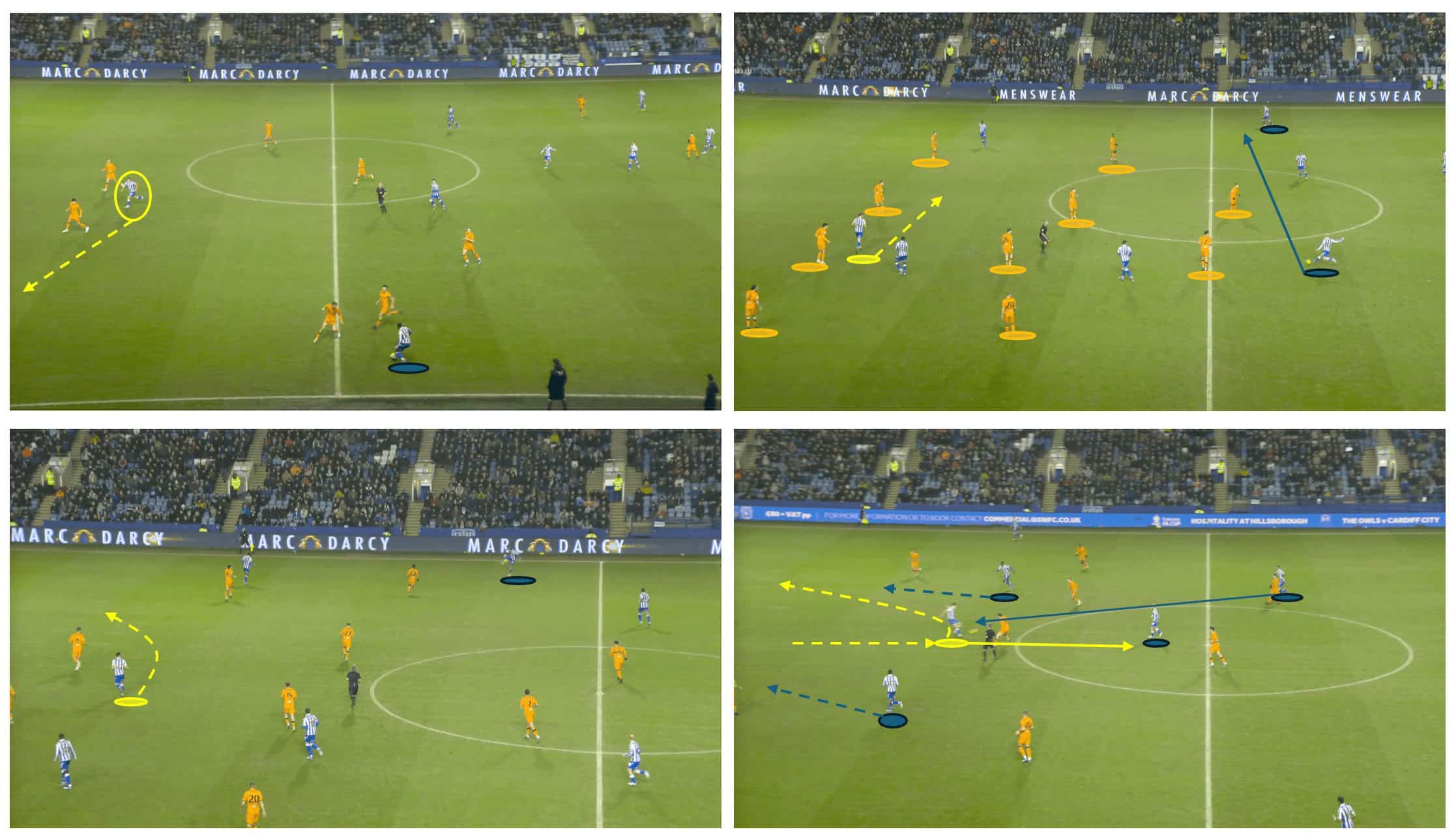
This is an excellent example of Cadamarteri’s movement and link-up play. In the top left image, Sheffield Wednesday are looking to counterattack, and we can see Bailey-Tye Cadamarteri looking to make a run out wide to create space for runners in central areas.
Cadamarteri adjusts his movement and runs across the Hull City defensive line when a pass is not played into his path. As Wednesday move the ball across to their right side, the forward spots a gap in Hull’s 4-4-2 shape and offers the opportunity to play him in behind with a run between the centre-back and fullback.
Cadamarteri realises the ball isn’t going to be played in behind the opposition’s defence and then promptly drops deeper to offer himself as an available passing outlet. This then creates space for two Sheffield Wednesday players to make runs forward. Additionally, Cadamarteri lays the ball into the feet of midfield playmaker Barry Bannan and then changes direction to get forward, anticipating the next sequence of events.
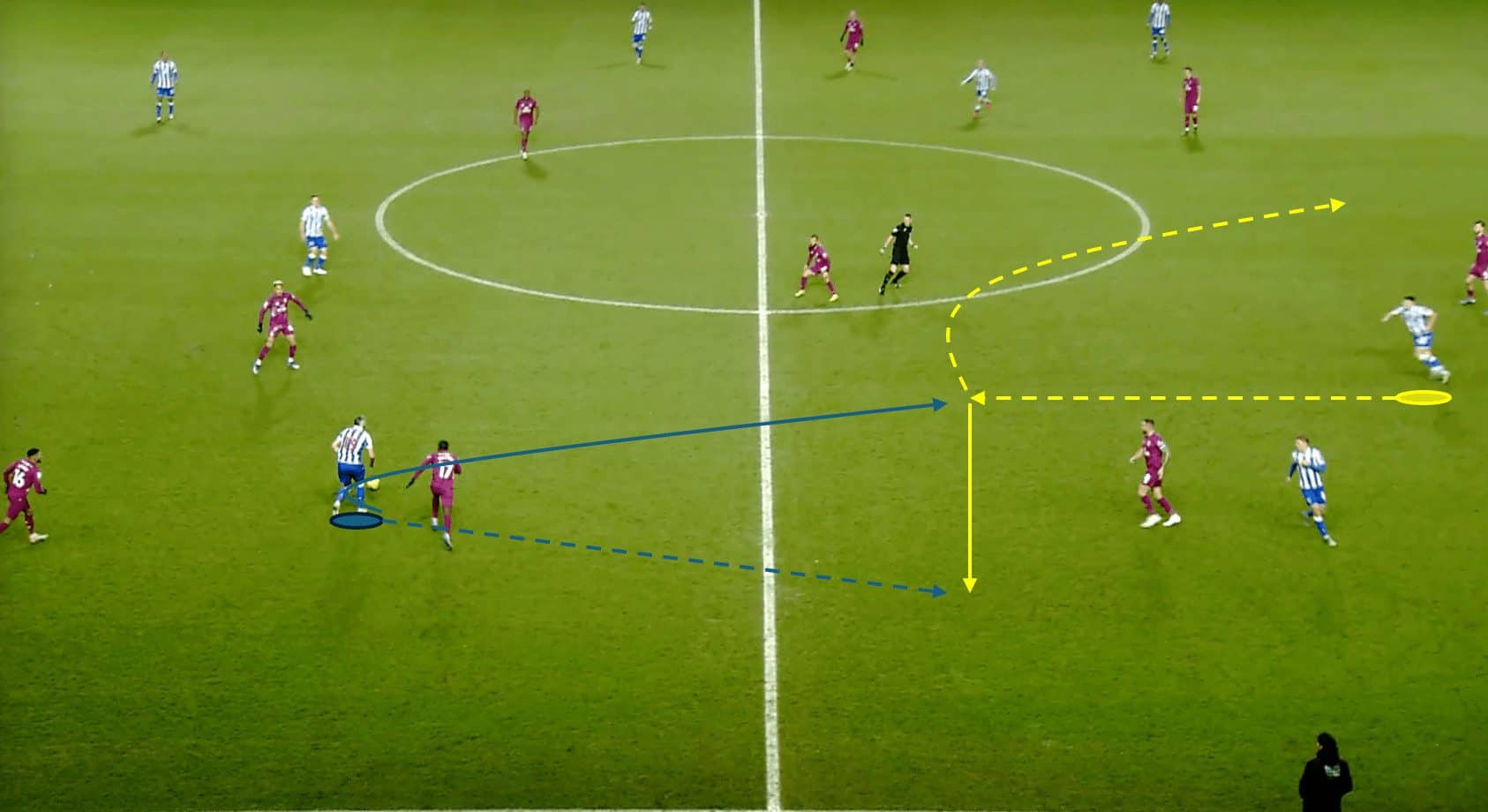
Cadamarteri’s ability to link up play is a valuable asset for the Owls, significantly enhancing their attacking dynamics and overall effectiveness. We can see in this example how he drops back to play a quick give-and-go with his teammate, automatically creating space for Wednesday in the wide area.
Meanwhile, after laying the ball into the path of his teammate, the forward immediately changes direction, looking to run in behind the defensive line. His constant movement means it is incredibly difficult for defenders to mark him. Consequently, the Sheffield Wednesday man is almost always able to find space to receive the ball. He typically averages 2.56 backwards passes per 90, which is essential in situations such as this and is part of Röhl’s pass-it-back-to-play forwards strategy.
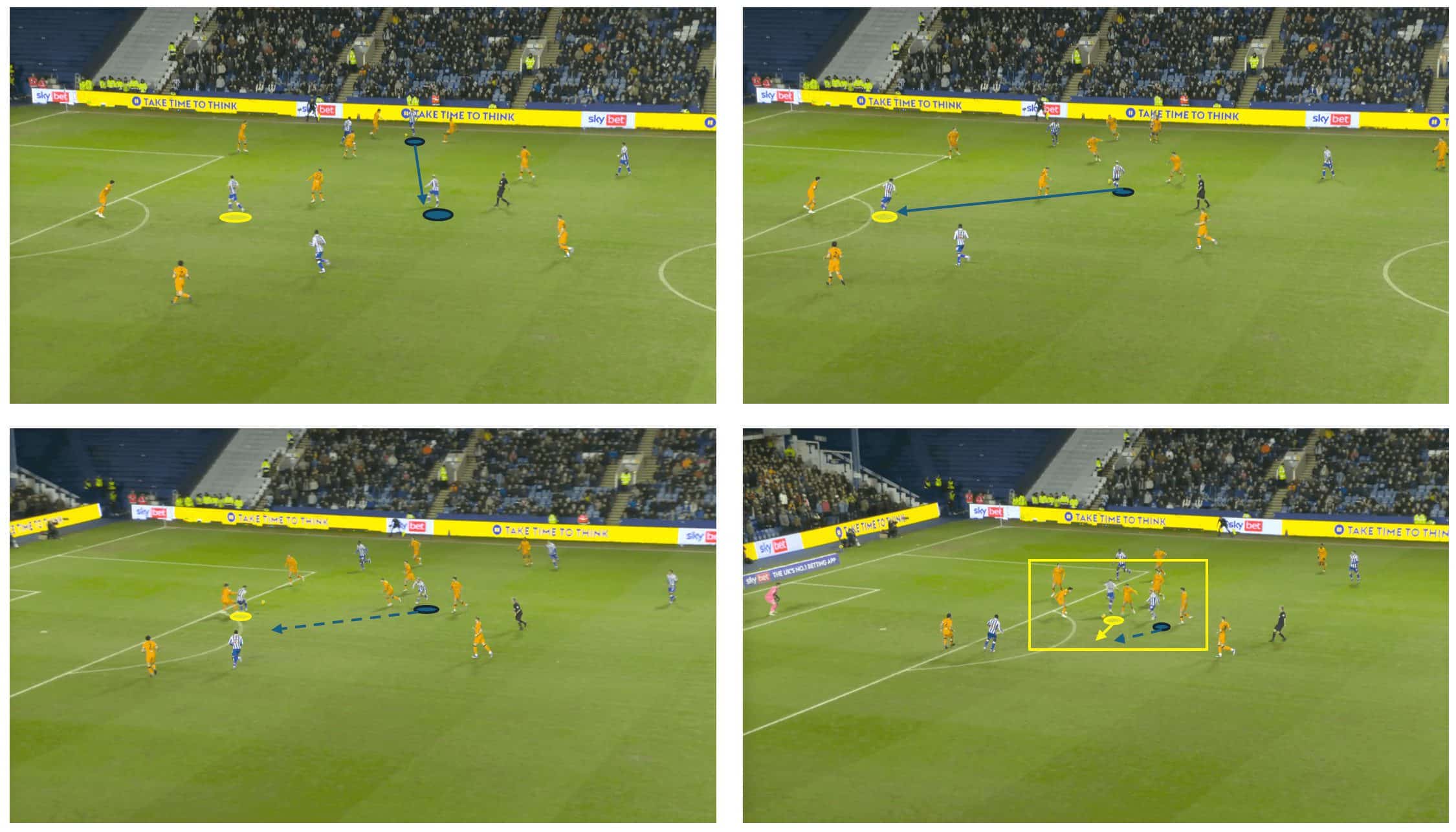
In this instance, we can see how Cadamarteri acts as a focal point for the team’s attack, providing a reliable outlet for passes and facilitating the transition from defence to offence. Once again, he links up well with Bannan, who is the team’s primary playmaker.
As the ball is played into Bannan, he hits a first-time pass into Cadamarteri, who then executes a back heel into the path of the on-running Scotsman. We can see how many opposition players are drawn to the young forward with five opponents surrounding him; his improvised pass back to Bannan shows his intelligence at working in tight spaces.
Cadamarteri becomes pivotal in creating cohesive attacking movements by effectively receiving and distributing the ball. His involvement in build-up play enables him to contribute directly to goal-scoring opportunities and creates space for other attacking players to exploit.
Furthermore, this also contributes to the Owls’ ability to retain possession in advanced areas. By combining with midfielders and supporting attackers, Bailey-Tye Cadamarteri can keep the ball in the final third, therefore applying sustained pressure on the opposition.
In the box
As a striker, Cadamarteri is expected to have the ability to consistently get into goalscoring positions. Effective positioning allows a forward to be in the right place at the right time to receive crosses, through balls, or other deliveries into the box. By anticipating the play and positioning himself strategically, the 18-year-old maximises the chances of getting on the end of these goal-scoring opportunities.
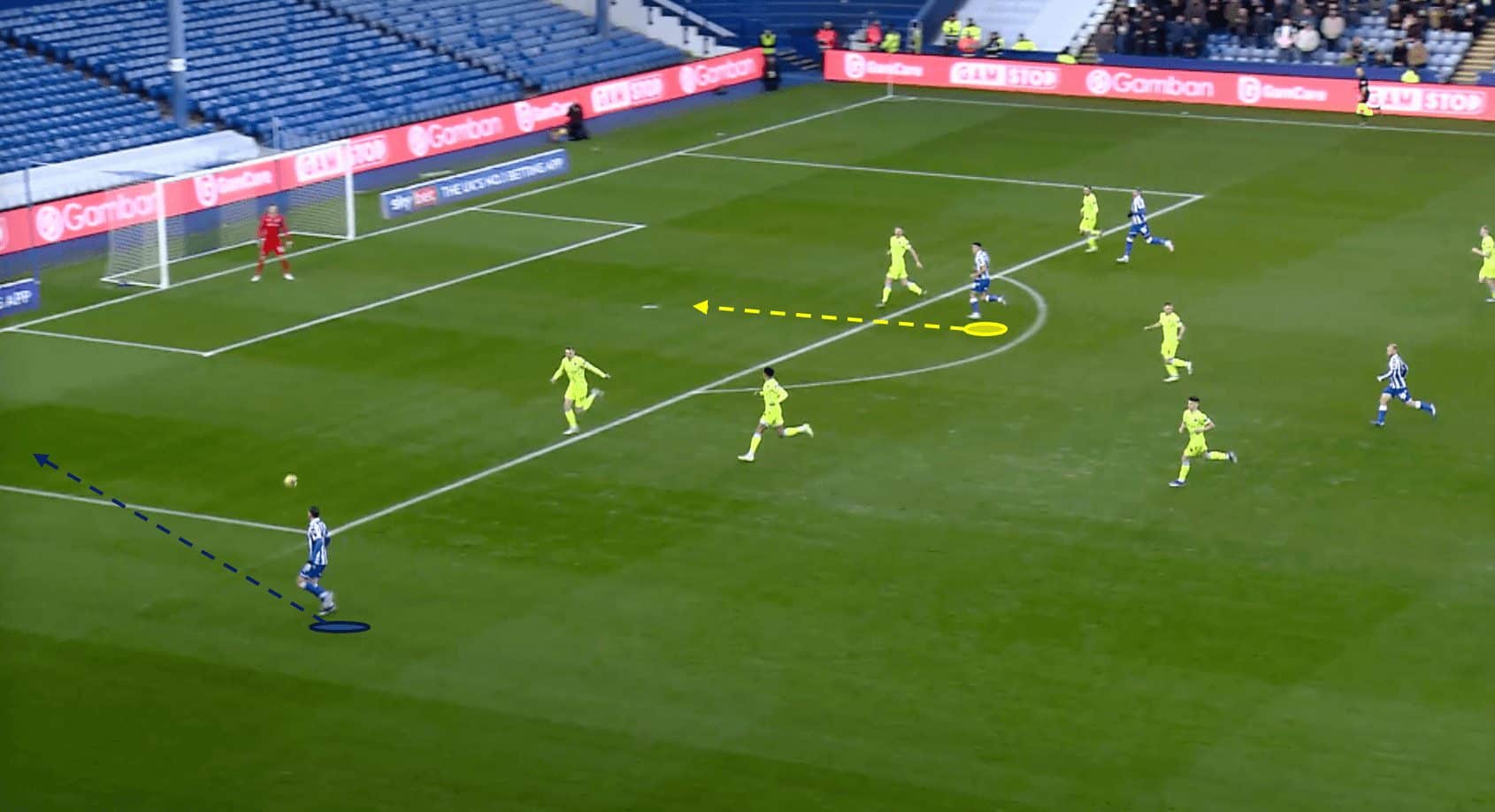
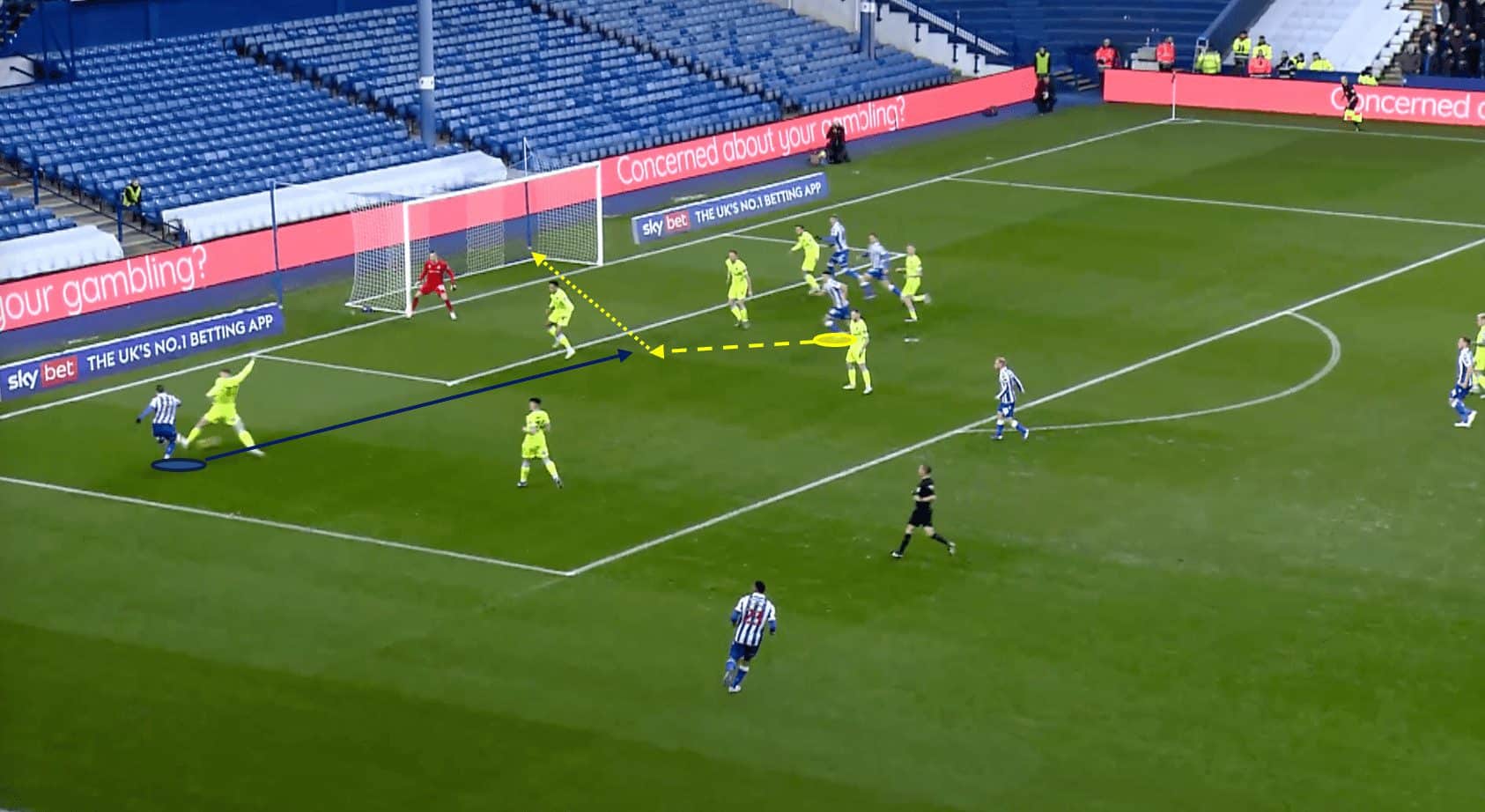
This example shows how he moves fluently in and around the penalty area to ensure he has the best opportunity to turn the ball goalwards. He makes an intelligent run across his marker to score his first goal for the club.
Cadamarter is a striker who makes these purposeful runs to exploit gaps in the opposition’s defence. By constantly adjusting his positioning and making runs that disrupt defensive lines, the striker proves himself to be a dynamic and elusive threat in and around the penalty area.
The young forward is also unafraid to take shots, averaging 2.12 per 90 with 42.1% on target per 90. In terms of his goal output, the youngster is averaging 0.33 goals per 90 from an xG of 0.31 per 90, which suggests he is pretty much scoring at the rate he is expected to based upon the quality of the opportunities.
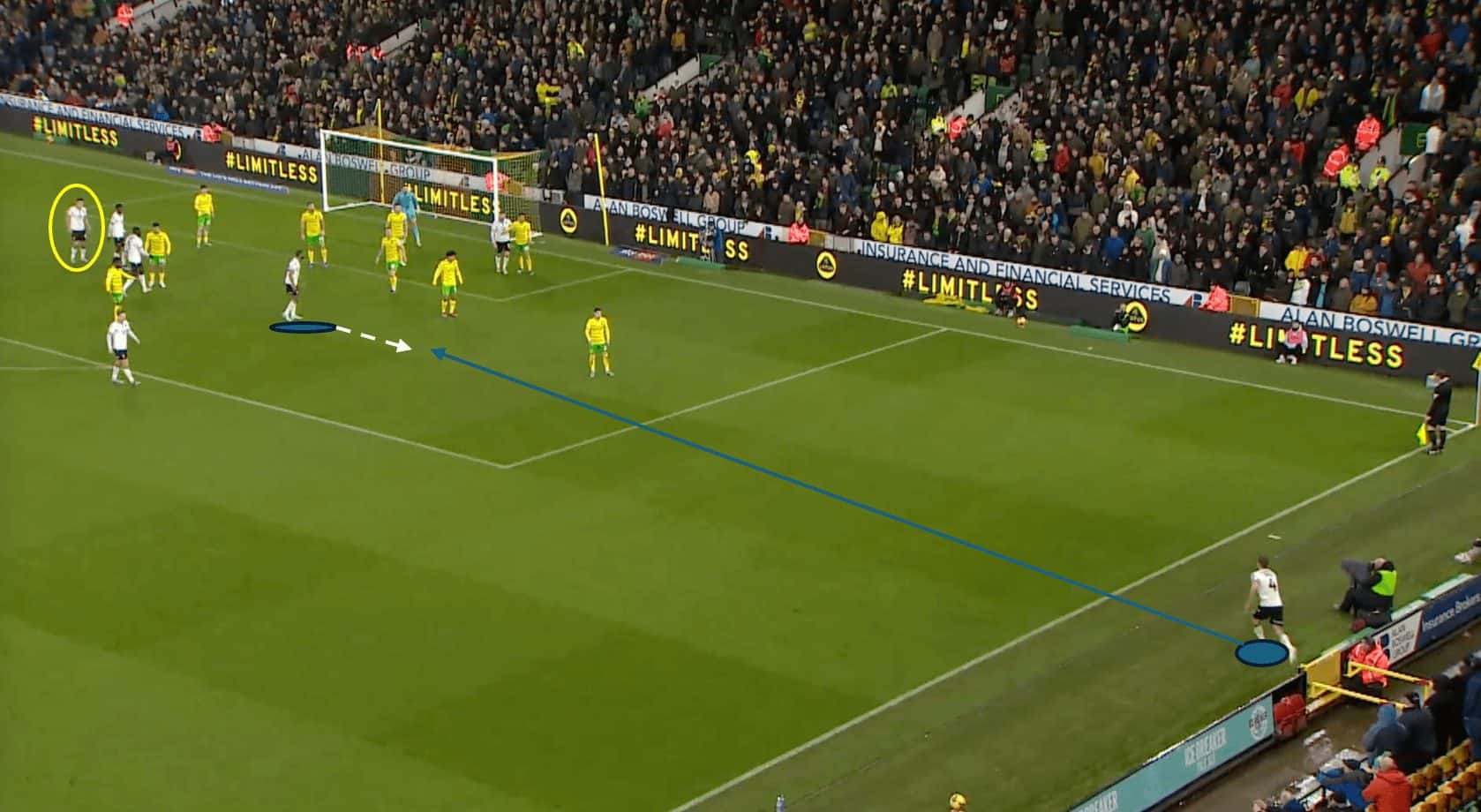
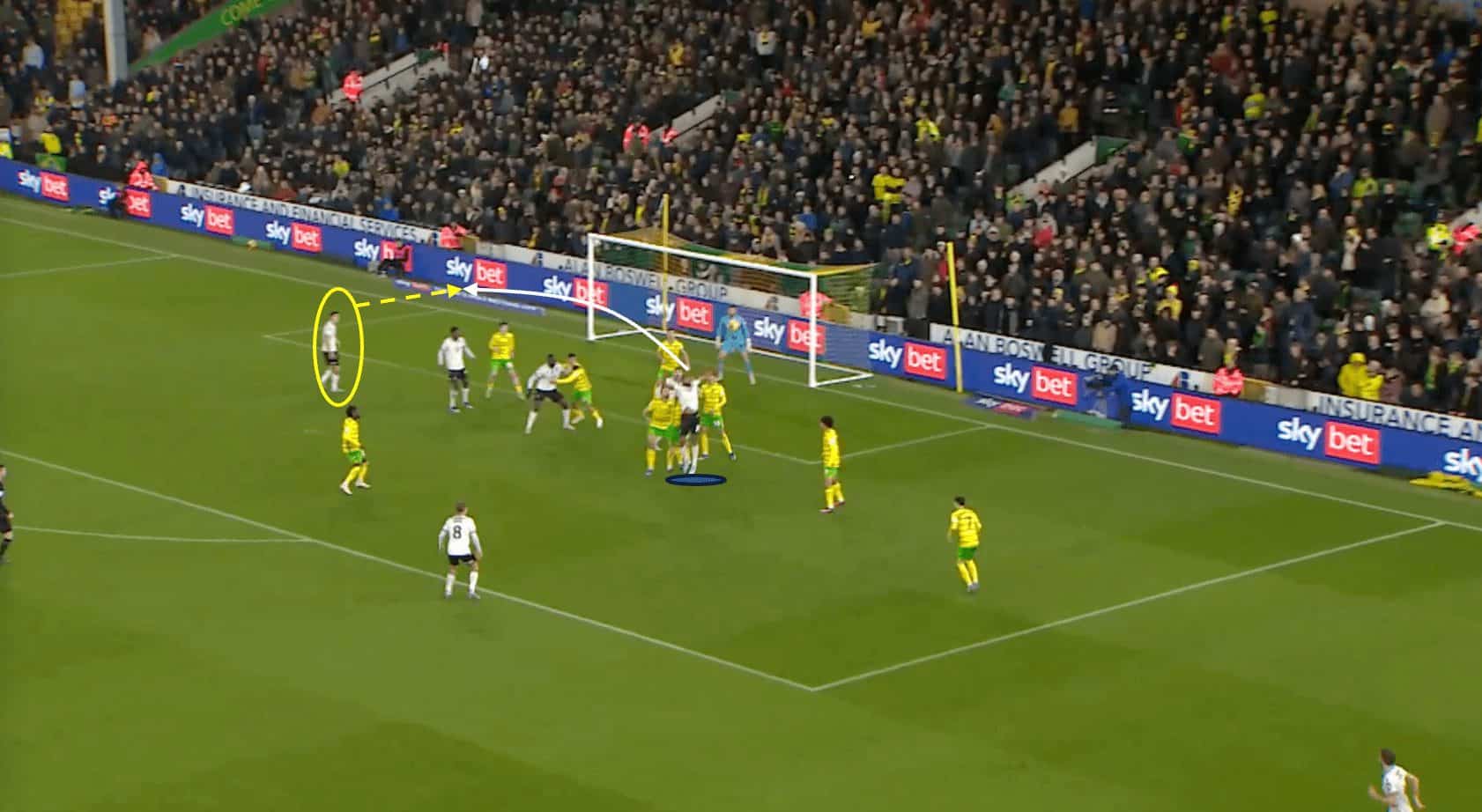
Sometimes, as a forward, the best movement is actually none at all. In this scenario, he simply waits, knowing all the other players are going to move. When the long throw is aimed towards the near post, Cadamarteri knows his teammate is likely to get the flick on, so he deliberately lingers at the far post.
Once the ball is directed towards him, then the youngster springs into action and utilises his excellent jumping reach to nod the ball goalwards. His ability to read the game and know when to move and when to stay still is a testament to his tactical intelligence and a key reason why Sheffield Wednesday can build around him in the future.
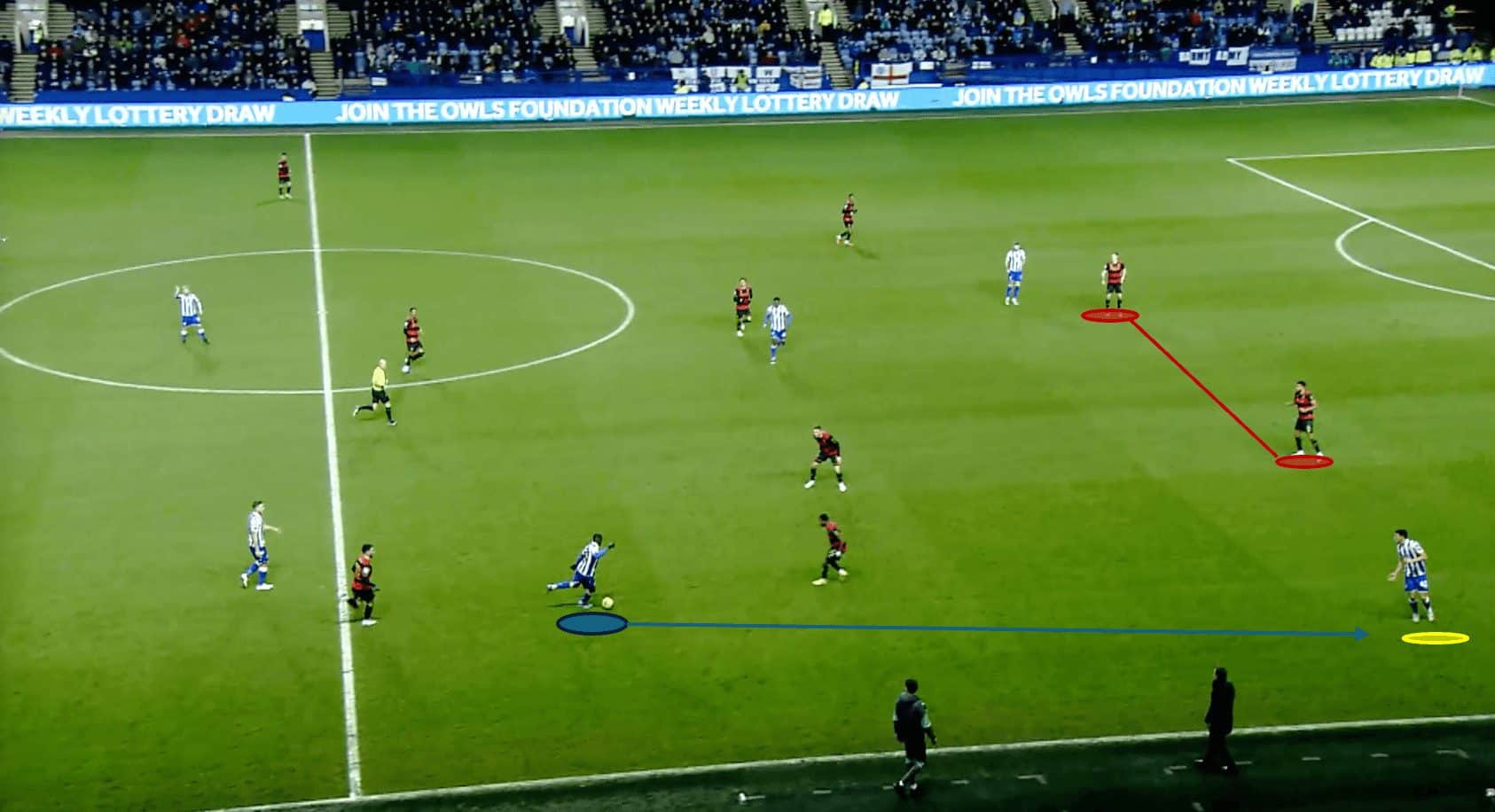
Moreover, Cadermarteri also moves out wide and carries the ball into the box. He averages 2.45 dribbles per 90 and 0.89 progressive runs per 90. We can see in this example how the young forward’s movement to wider areas stretches the opposition’s defence, creating additional space in central zones. This lateral shift forces defenders to adjust their positions, opening up gaps that can be exploited.
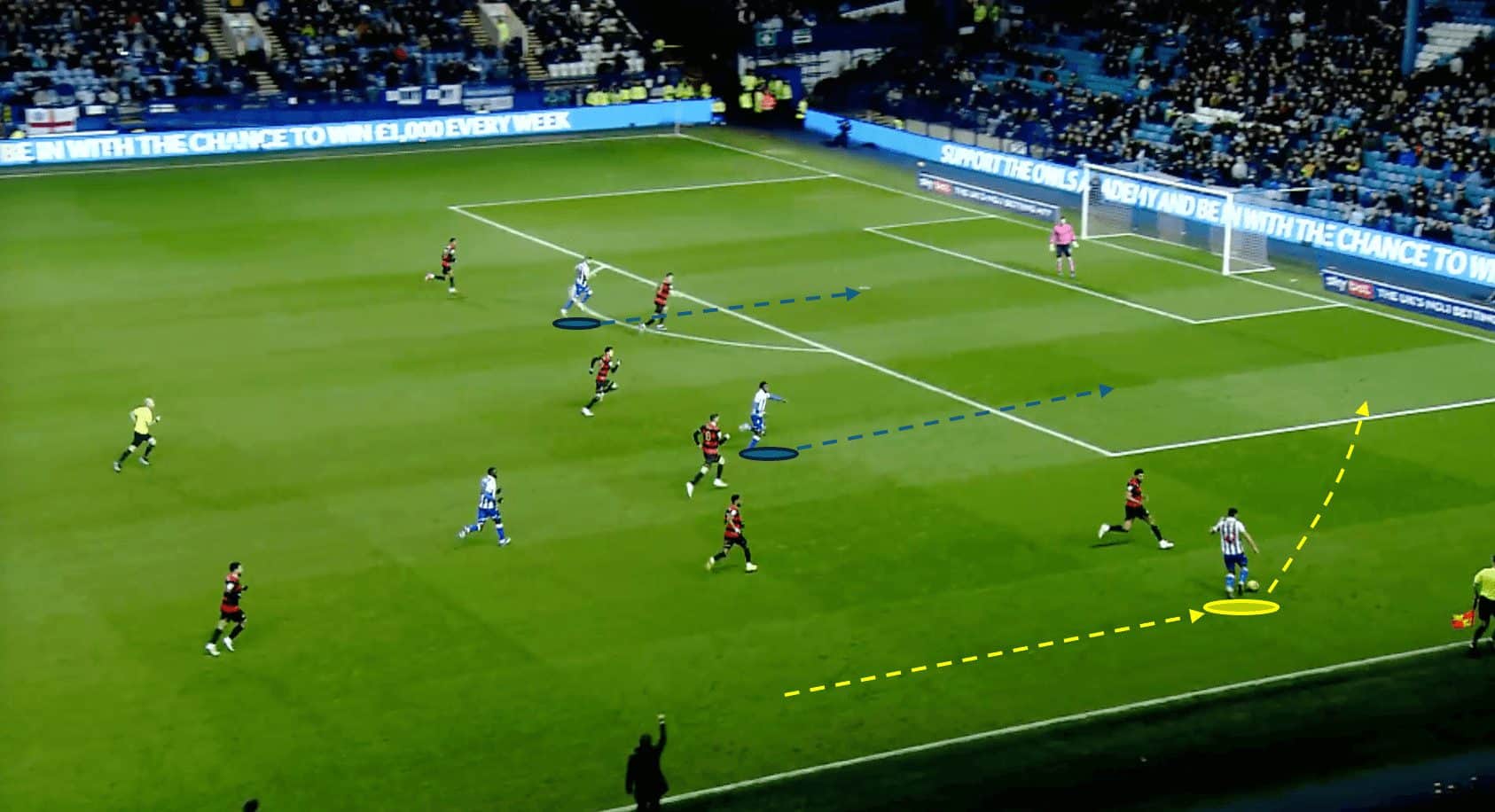
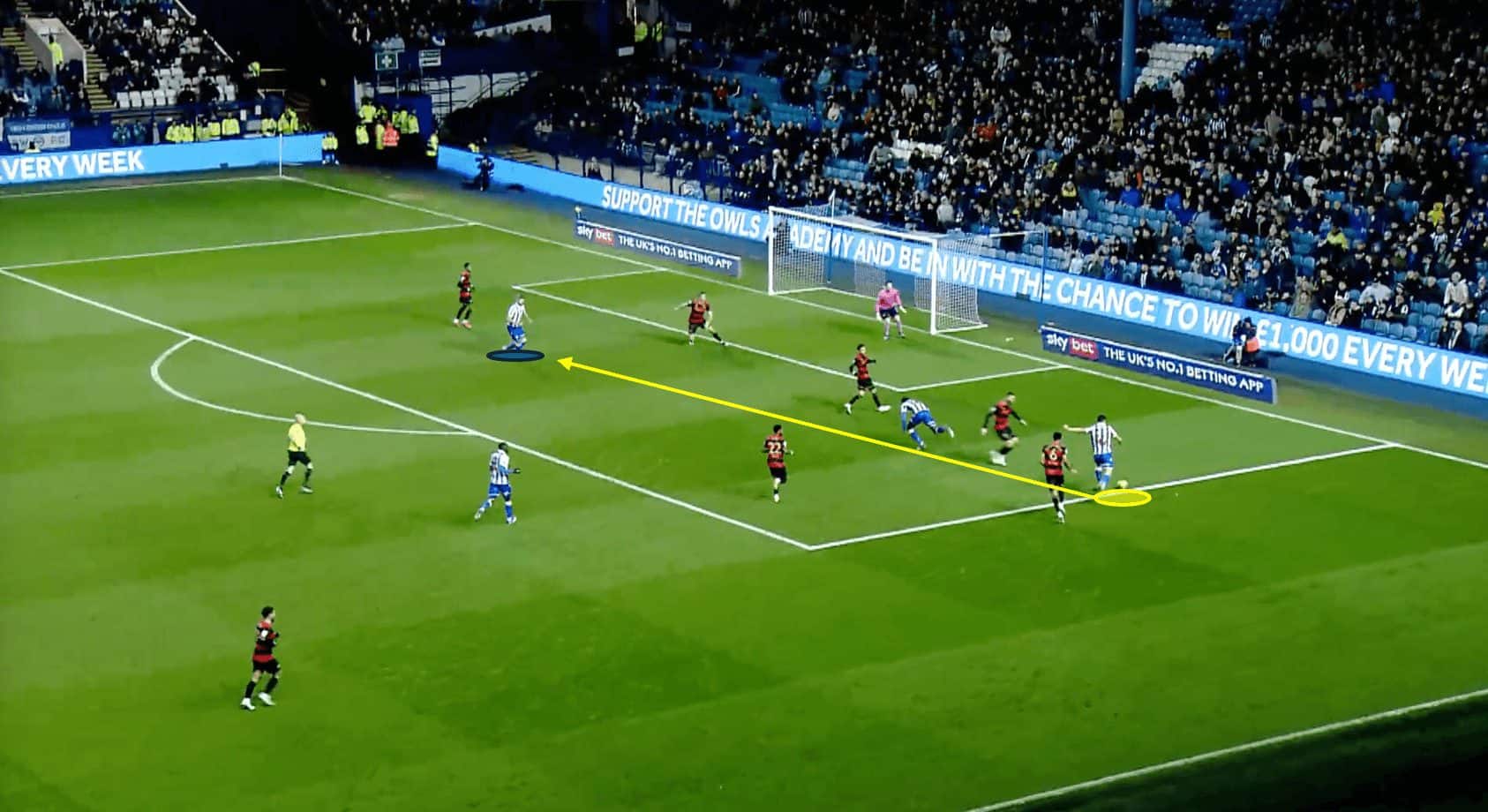
He carries the ball into the box from wide positions and adds a dynamic and unpredictable element to Sheffield Wednesday’s attack. We can see here how he likes to take on defenders and drive forwards. This drawing of defenders out of position allows other attacking players to find spaces and exploit defensive disorganisation. In this case, it creates space for Cadamarteri to execute a low cross into the box.
This versatility in attacking movements keeps the opposition guessing and prevents defensive units from settling into a rigid shape. With and without the ball, Bailey-Tye Cadamarteri’s capacity to transition from out wide to central areas challenges defenders to adapt quickly, often leading to defensive vulnerabilities being identified.
‘Cadz’, as he is affectionately known, is also a threat during counter-attacks. His natural speed and directness allow him to run at opponents and catch retreating defenders off guard. Additionally, these incisive runs from wide positions contribute to the Owls’ overall ability to utilise spaces left vacant by opponents trying to get back from attack to defence.
High regains
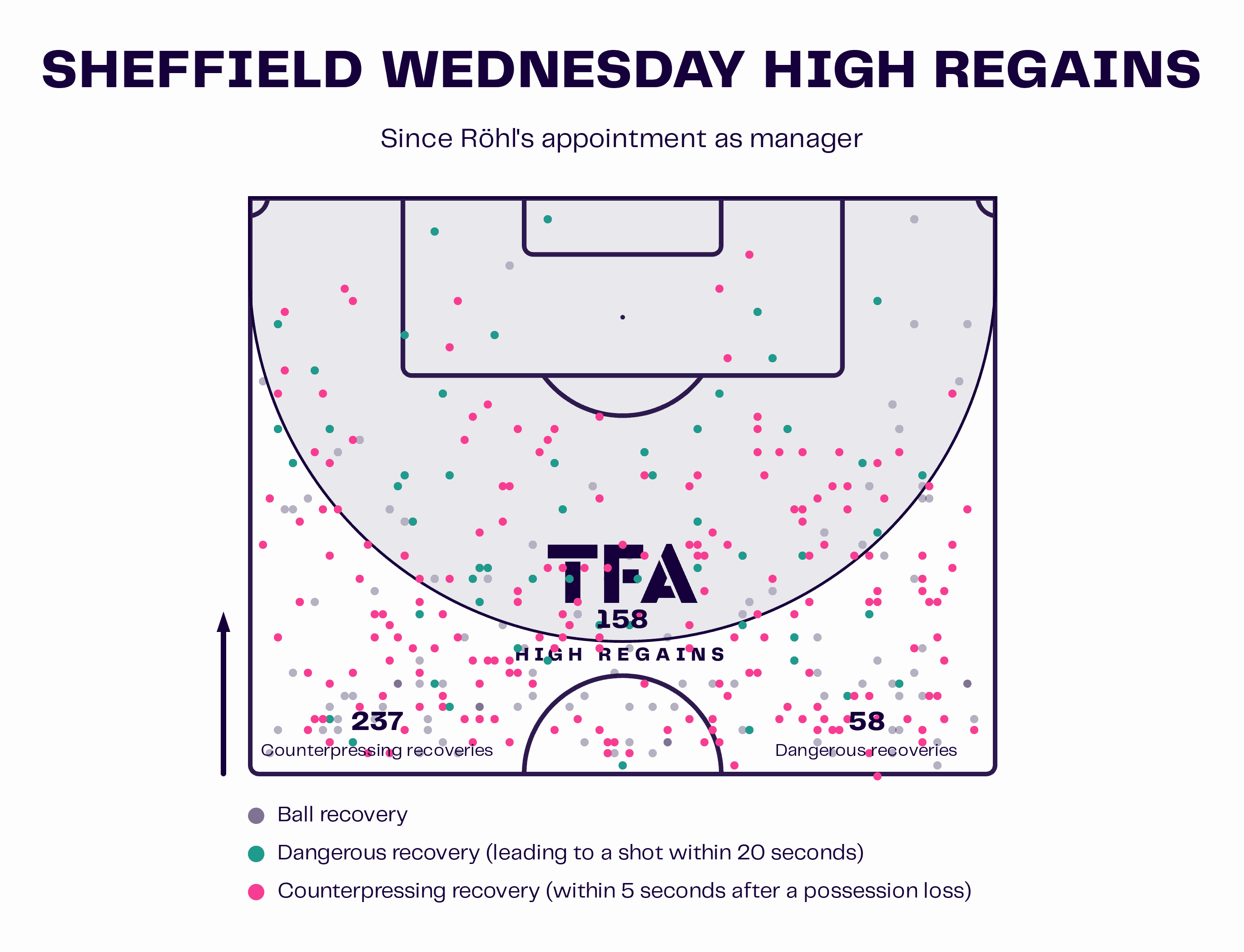
Since Röhl’s appointment, the Wednesday players have bought into his tactics and set about executing them. This includes counterpressing and attempting to recover the ball higher up the pitch. The data shows that 237 counterpressing recoveries and 158 high regains have been executed since the German manager took over on Wednesday.
The idea is to pressure the opponent in their defensive third, attempting to win back possession as close to the goal as possible. This proactive tactic puts immediate pressure on the opposition, forcing them into hurried and potentially mistake-prone decision-making.
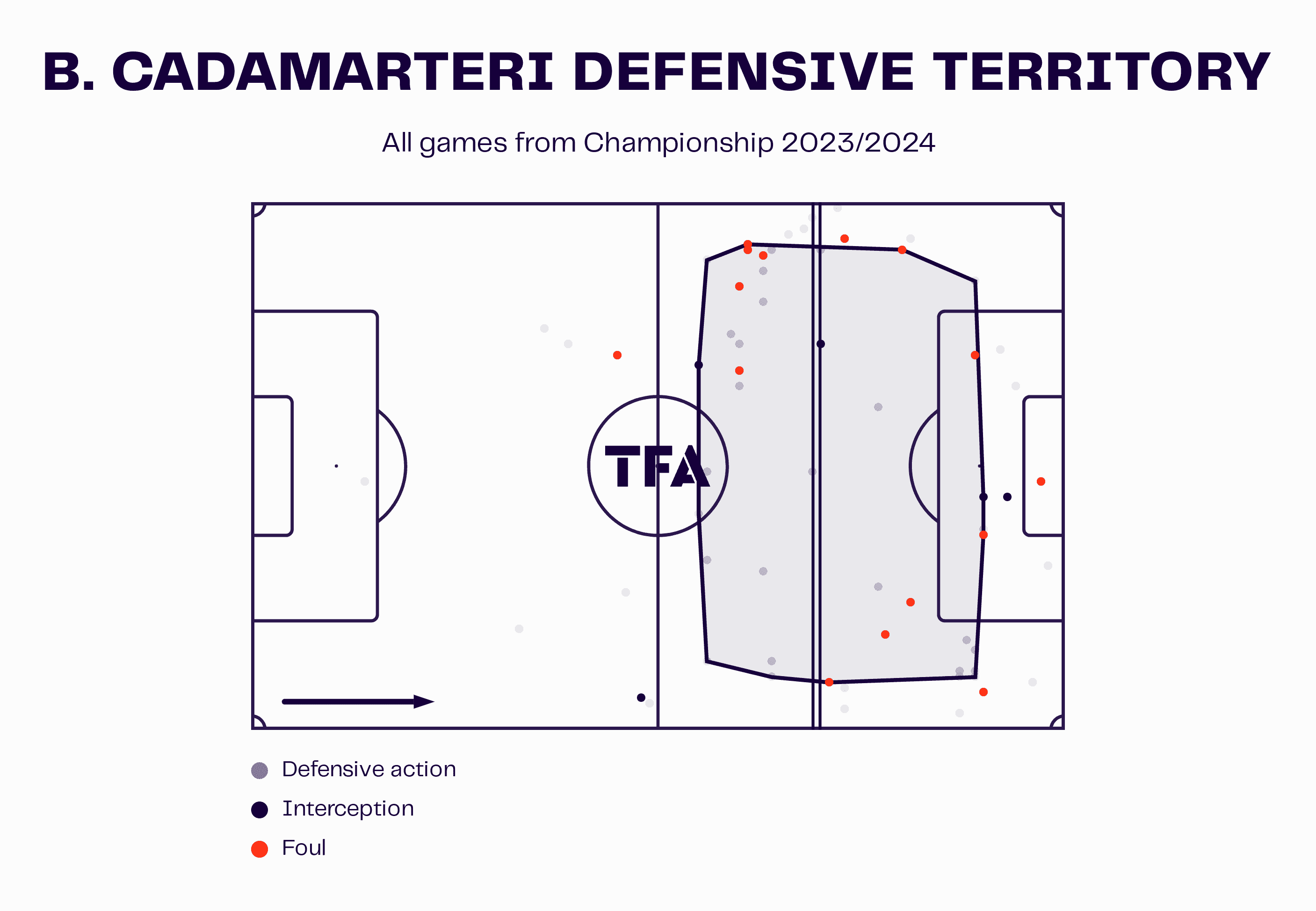
Furthermore, this data visual shows us where Bailey-Tye Cadamarteri’s defensive actions occur on the pitch. We can see that he works exclusively in the opposition half when looking to regain possession. As a result, he averages 1.23 recoveries per 90 with 81.8% of them occurring in the opposition half. Additionally, he averages 1.23 interceptions per 90, indicating he gets into cut positions to close off passing lanes, preventing the opponents from playing out of defence.
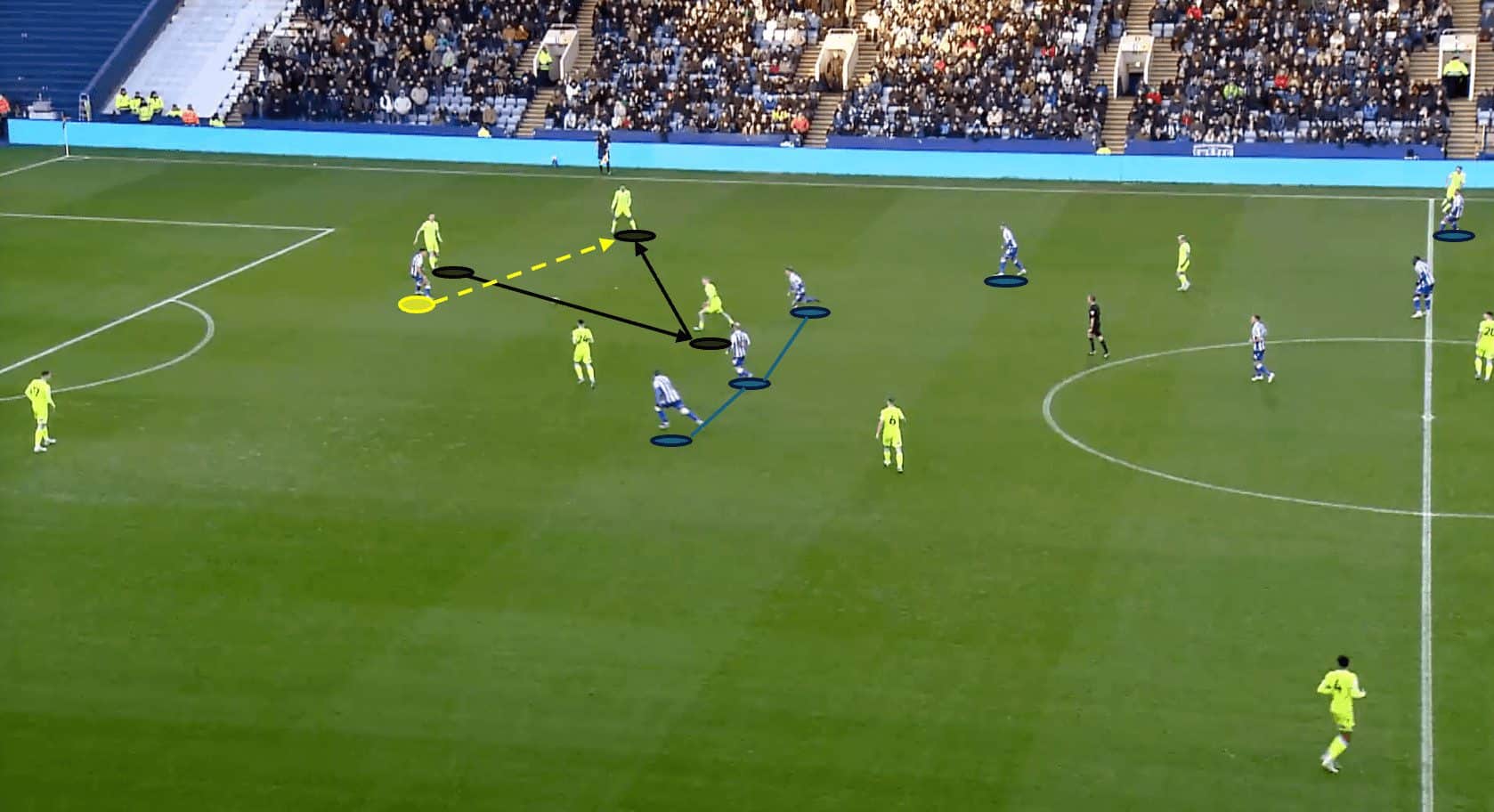
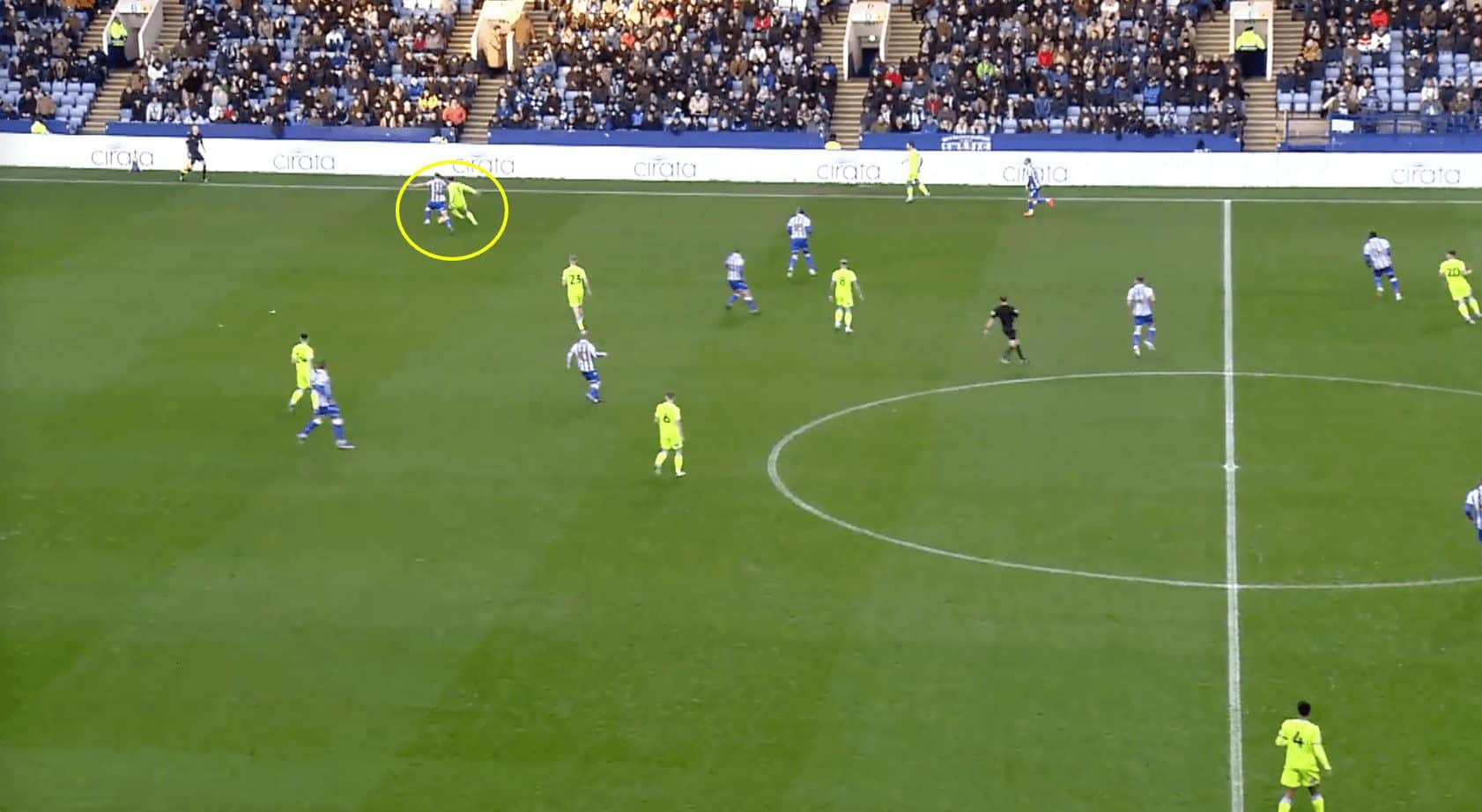
Here, Wednesday are looking to prevent Blackburn from building out of defence. We can see the Owls’ are in their narrow pressing shape, which is favoured by Röhl to block the central areas. This means there is a lot of responsibility on the youngster to move into the wide areas to put pressure on the opponents.
In this instance, the three pressing players force the Blackburn player to pass the ball backwards, which Cadamarteri anticipates well. He moves quickly to put pressure on the receiver and effectively limits his ability to carry the ball forward. As his teammates have closed off the relevant passing lanes, we can see how Cadamarteri forces his opponent backwards and calmly recovers possession, allowing him to launch a counterattack.
This more aggressive defensive approach disrupts the opponent’s build-up play, limiting their ability to establish control and rhythm. Winning the ball back close to the opponent’s goal provides Sheffield Wednesday with a direct path to goal.
Additionally, this also allows for much quicker transitions from defence to attack, catching the opposition off guard and increasing the likelihood of converting turnovers into immediate goal-scoring chances. High regains thus act as a catalyst for swift counter-attacks and exploiting defensive vulnerabilities with Cadamarteri leading the line.
Conclusion
This scout report has highlighted some critical aspects of Bailey-Tye Cadamarteri’s game and why he has become a mainstay in the Sheffield Wednesday team since Danny Röhl’s arrival.
The young forward has abundant skills, which means he can be a threat both in and out of the box. His link-up play is vital in bringing others into the game and means Wednesday can rely on him to make good decisions when they are in transition. Plus, we have identified his ability to get into excellent positions, which will ultimately lead to goals.
Finally, we have also seen how he works hard to execute his manager’s instructions during the defensive phase and how his high-energy approach is benefiting the Owls in terms of regaining possession high up the pitch.
Bailey-Tye Cadamarter is enjoying a breakout season at his boyhood club, and it is no surprise he is already linked with Premier League clubs. He is undoubtedly one to keep an eye out for in the future.

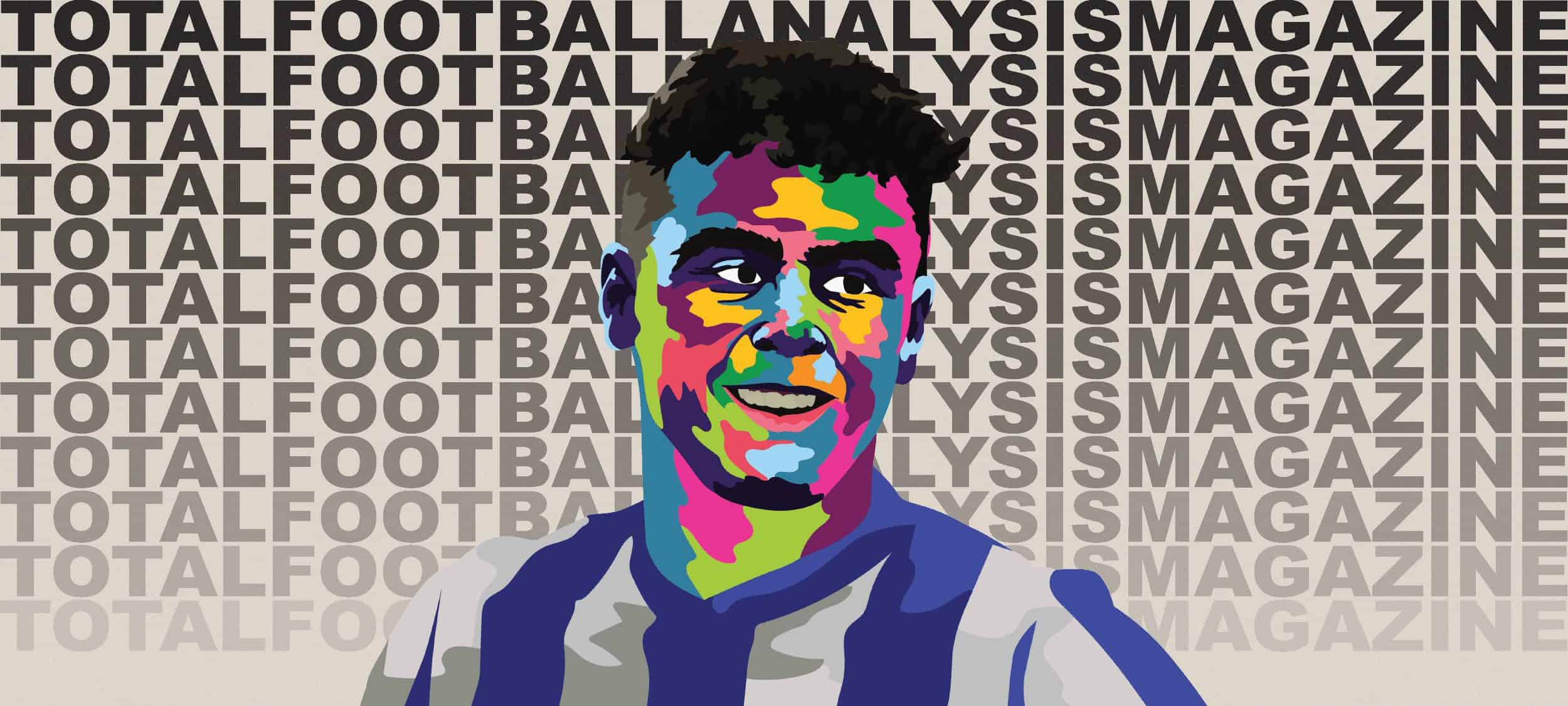



Comments